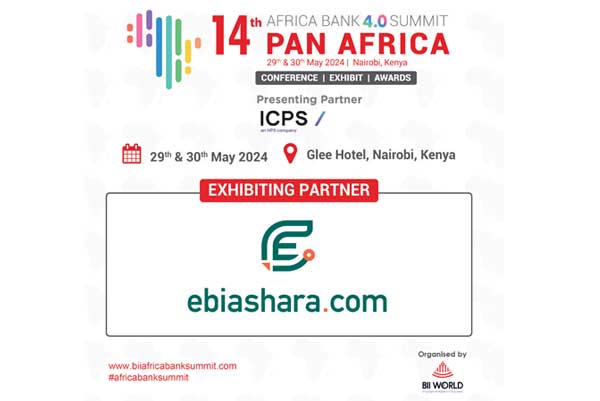1) How can collaboration between governments, financial institutions, and the private sector be optimized to unlock the full potential of digital finance and credit for achieving financial inclusion?
Unlocking digital finance’s full potential for financial inclusion needs a diverse approach. Besides existing strategies like regulations, partnerships, and skill-building, other steps matter too. These include special financial products, digital literacy programs, better infrastructure, mobile money agents, NGO partnerships, testing areas for new ideas, incentives for inclusion, new credit data sources, collaboration across sectors, and strong consumer protection. By incorporating these strategies, stakeholders can enhance access to financial services and promote inclusive growth.
2) What regulatory measures can policymakers implement to create an enabling environment that fosters innovation and competition in the realm of digital finance?
To encourage innovation and competition in digital finance, policymakers have various regulatory tools at their disposal. They can create rules that fit the unique needs of digital finance, allowing room for innovation while protecting consumers. By setting up sandboxes, they provide safe spaces for new ideas to grow without full regulatory scrutiny. Open banking frameworks promote collaboration, and strict licensing ensures fairness.
But there’s more to it. Policymakers can also establish innovation hubs to guide fintech startups, and cross-border sandboxes to encourage global cooperation. Recognizing digital identity simplifies user experiences, while support for new technologies pushes the industry forward. Incentives for inclusion and working with industry players round out the approach.
These measures together create an environment where innovation can flourish without risking consumer safety or financial stability. They make regulations flexible and adaptable, keeping up with changes in digital finance.
3) In your opinion, how are traditional banks responding to the emergence of neobanks in Africa, and what does this mean for the future of banking in the region?
Traditional banks in Africa are adapting to the emergence of neobanks, fueled by increased internet and mobile phone accessibility, especially among Gen Z. They’re investing in technology and bolstering their online presence to cater to the digital preferences of younger consumers. Neobanks, known for user-friendly interfaces and innovative features, are gaining traction with those seeking convenience and flexibility in financial services. Post-COVID-19, the demand for online banking has surged, with neobanks capitalizing on this trend. The future of banking in Africa may see a blend of traditional and neobank models, fostering financial inclusion and meeting the evolving needs of the digital generation.
4) How does leveraging data contribute to providing better services for the unbanked and underbanked?
Data helps understand what the unbanked and underbanked need, assesses risks better, and tailors’ financial solutions. It also improves outreach and fraud prevention while guiding financial education efforts.
5) How would you think attendees will benefit by attending the 14th Africa Bank 4.0 Summit – Pan Africa?
They’ll gain up-to-date insights on digital payments, financial inclusion, innovative technologies, and leading digital banking solutions. Network and explore synergies while engaging in one-on-one sessions with industry experts and policy makers.
Additionally, experience live demos at exhibitor stands



